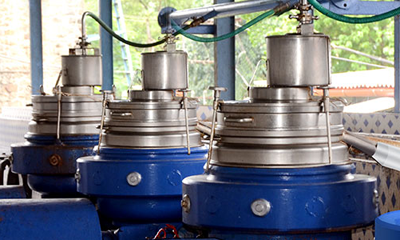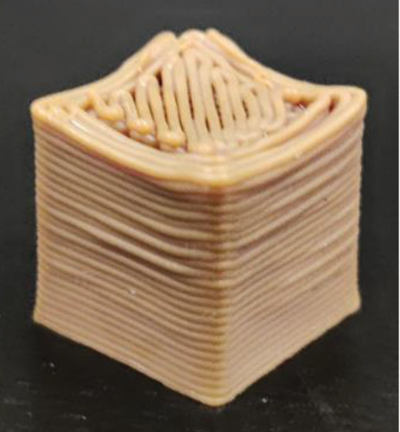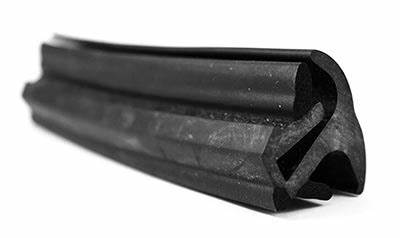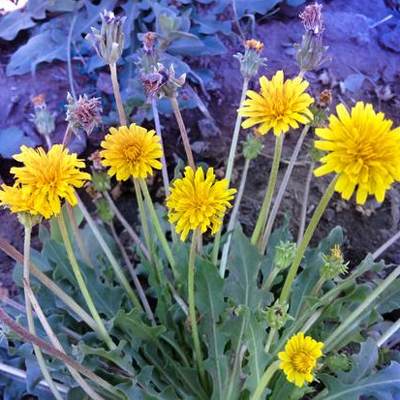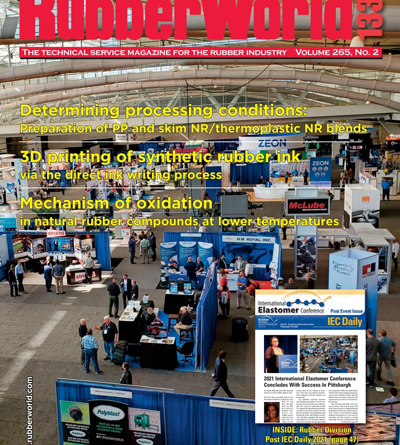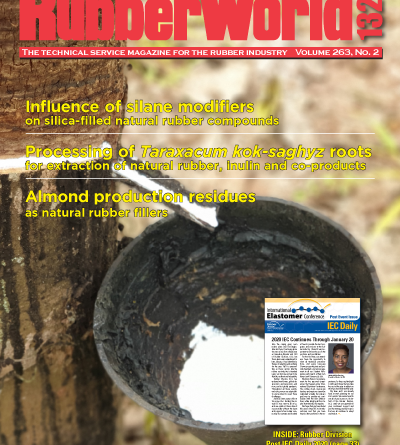Electrically conductive elastomers based on NR and polyaniline
Natural rubber is an electrically insulating material, but introduction of conductive fillers like carbon based materials (carbon black, graphite, carbon nanofibers or nanotubes) or metal fillers can increase the conductivity of the resulting composite. These materials are frequently used for electromagnetic/radiofrequency interference (EMI/RFI) shielding, and laboratory and military uses.
Read More

